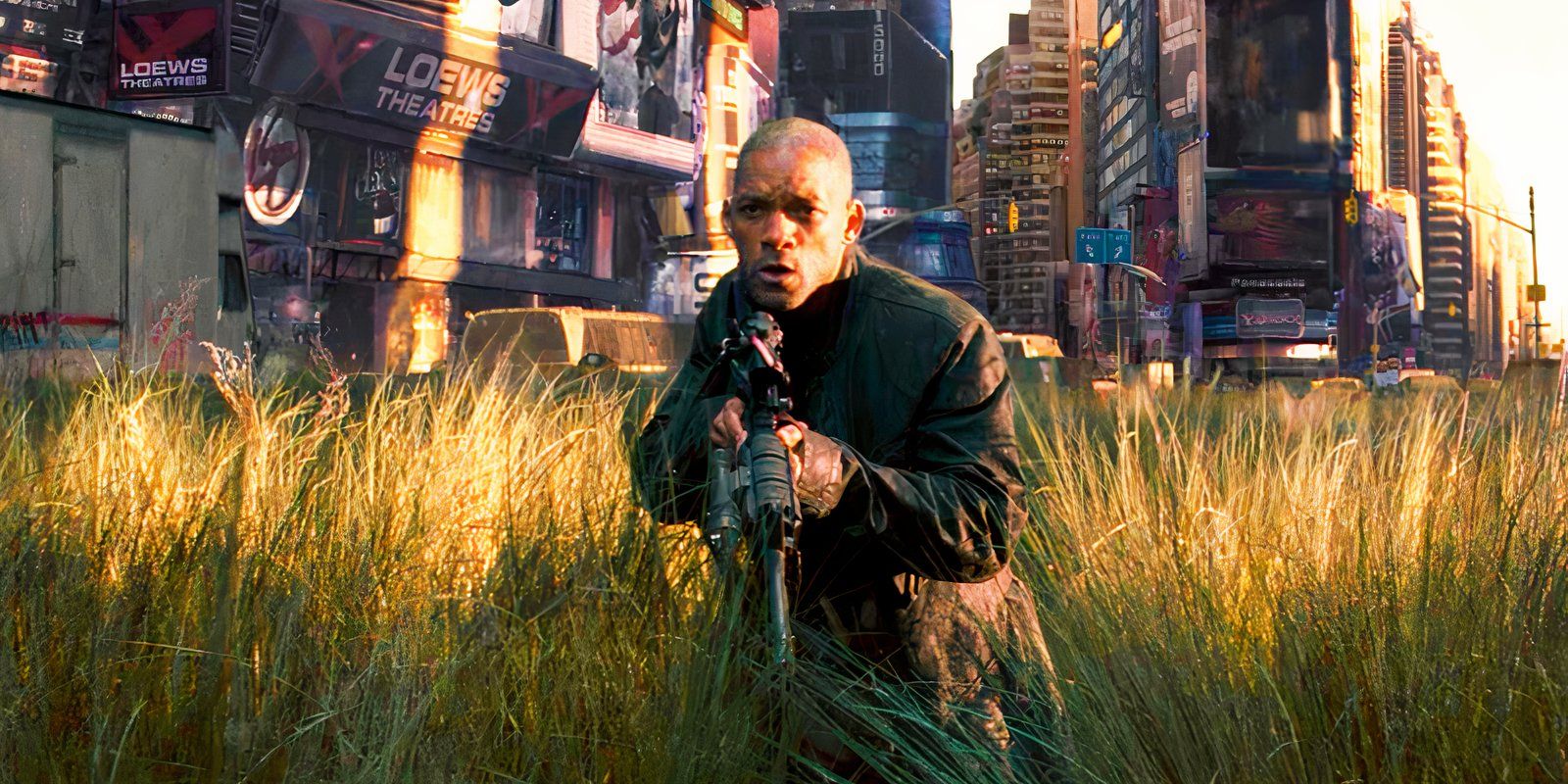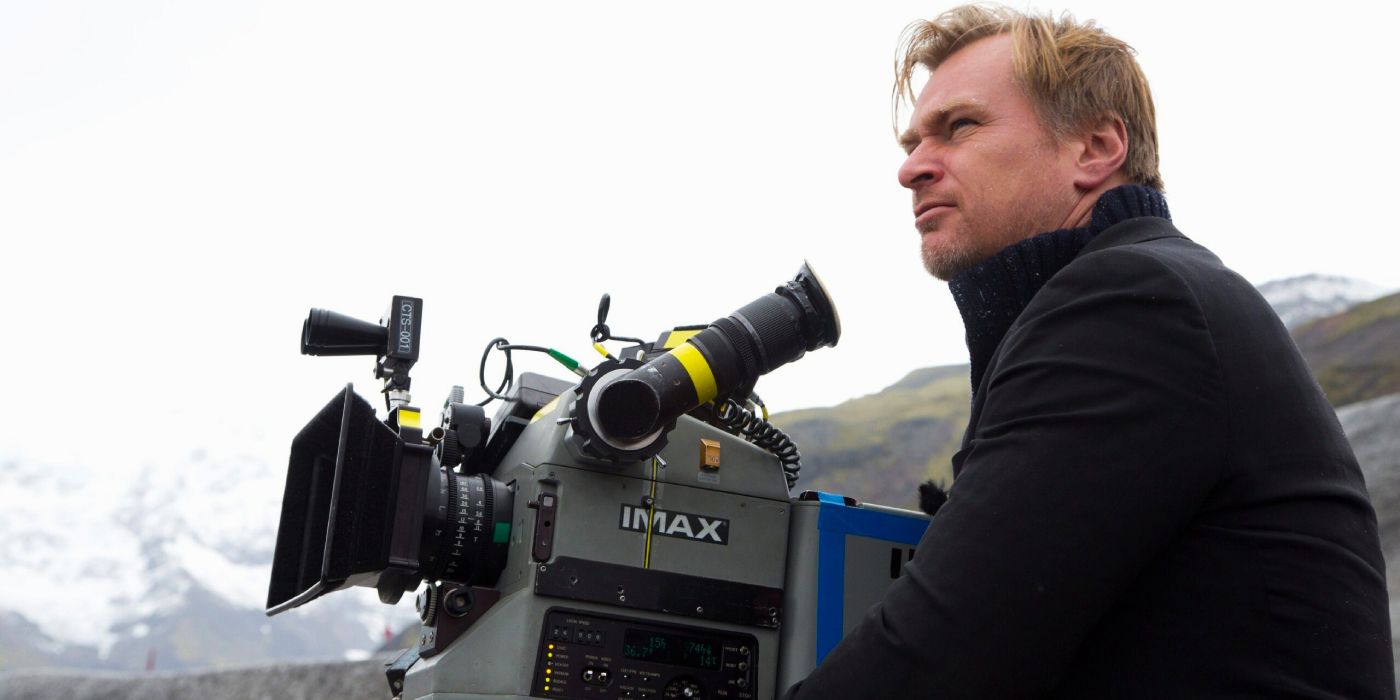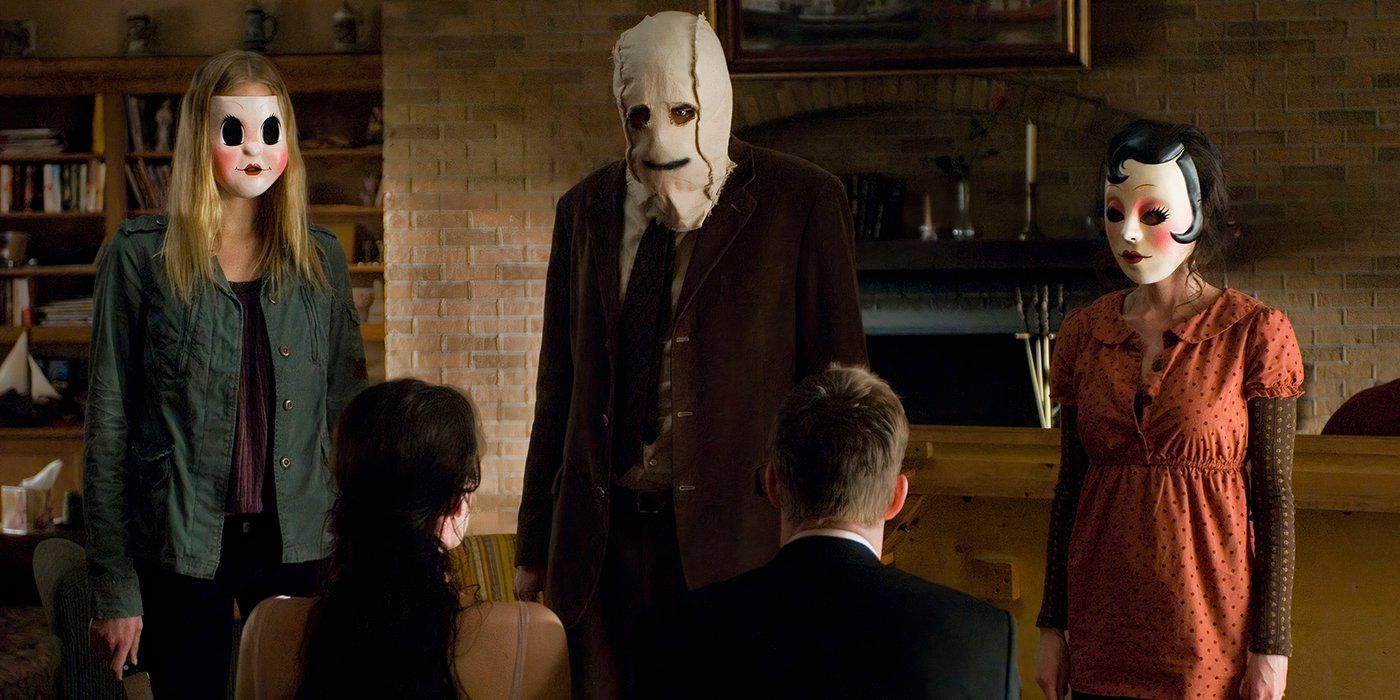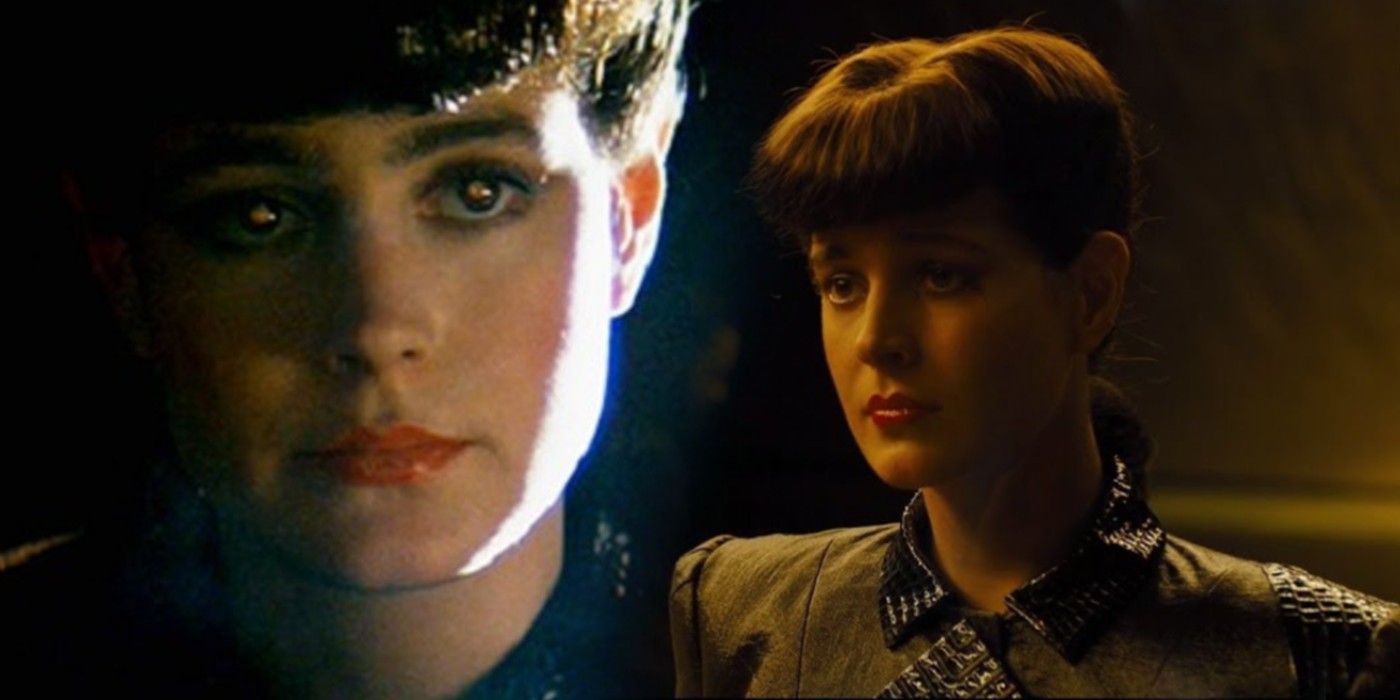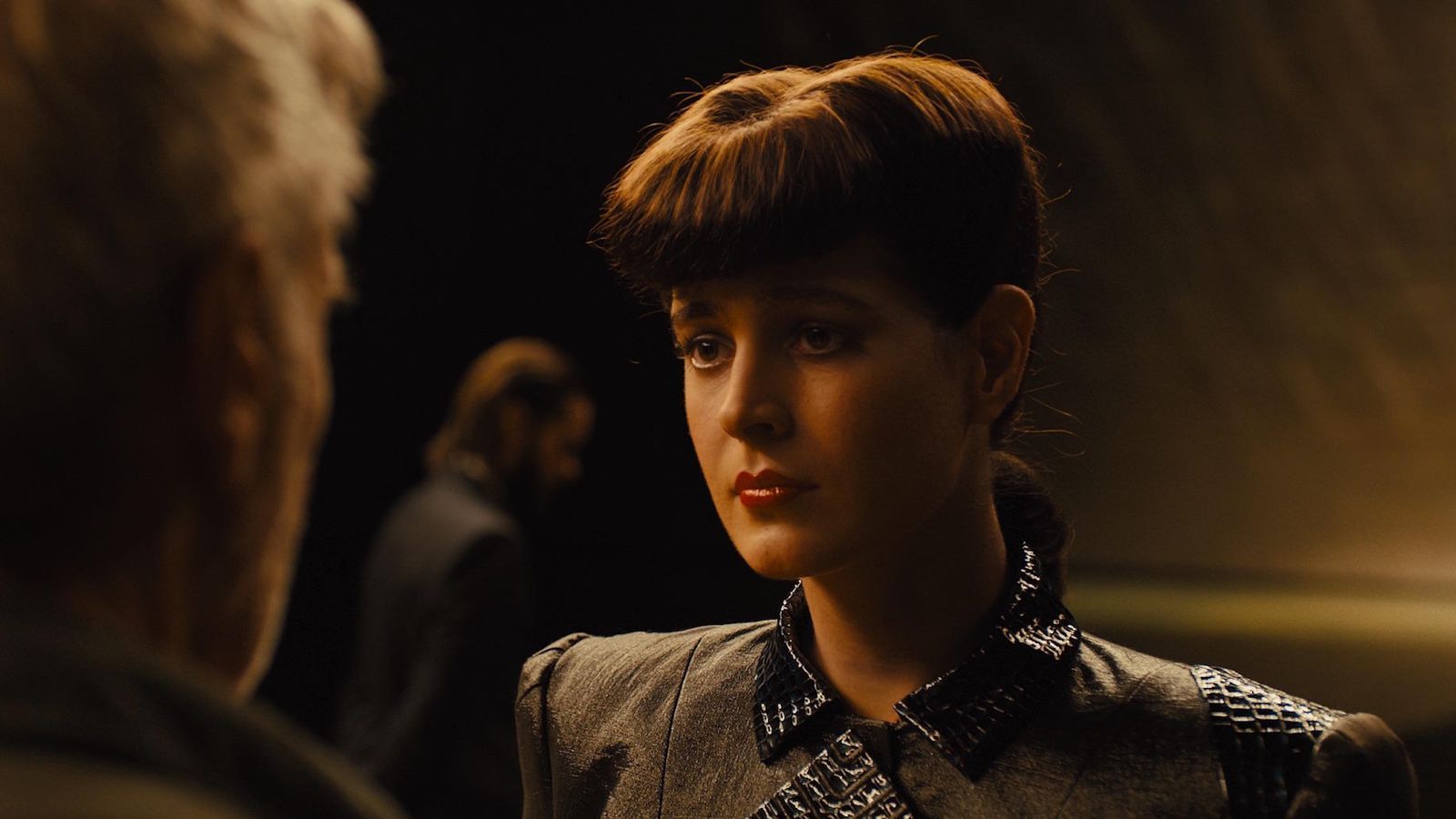Blade Runner 2049 was hailed for its seamless digital and practical effects, and bringing back Sean Young's Rachel from the original 1982 classic is a highlight of the filmmakers' work. An achievement in sci-fi sequel storytelling, the massive Denis Villeneuve-directed project received widespread acclaim for its visual style, earning legendary DP Roger Deakins his long-awaited first Academy Award win for Best Cinematography. But Deakins has a special eye for digital effects, so to earn its place in the film, the de-aged Rachel would need to be impressively well-executed. The film's visual effects supervisor, John Nelson, and his team were up to the task.
De-aging technology — the ability to recreate the visage of an actor as they were in a past film or during their youth — has come to the forefront of blockbuster filmmaking in recent years. It made a splash in 2015's Star Wars prequel Rogue One, taking years off Carrie Fisher and resurrecting Peter Cushing (to varying degrees of success). It allowed Samuel L. Jackson to play young Nick Fury in Captain Marvel, even though he himself was nearing 70 years old. Scorsese's most recent gangster epic The Irishman pushed the technology even further by de-aging its principal cast without even the use of reference dots. For Blade Runner 2049, Nelson and company sought to recreate actress Sean Young as faithfully as possible to her 1982 appearance as the replicant Rachel.
The team went to great lengths to achieve this near-perfect double. They performed a scan of Sean Young's face at her then-current age, and then found a cast of Young's face from when she was in her late 20s. When these proved unsuitable to recreate the iconic character properly, they poured over reference footage, meticulously analyzing the Blade Runner performance. To prove their mettle, they recreated shots from the original film using their Rachel CG model, comparing the two until they were near-indistinguishable. For the scene in question, a combination of factors yielded the winning result: they used a body double — an actress by the name of Loren Peta — on set and replaced her from the neck up. Subdued expressions, strong directional lighting, and commitment to replicating the makeup and performance from the original created the Replicant that made it into the final film. From the flyaway hairs to anamorphic lenses with which the original was shot, the attention to detail was impeccable.
Young herself was critical of the decision to digitally recreate Rachel in Blade Runner 2049, going so far as to call it "full of s**t." She felt the filmmakers were including the character as a means to appease fans, finding the manner in which they briefly brought her back to be cheap. She even had to sign an NDA, presumably to avoid spoiling her digital doppelgänger's appearance in the run up to the film's debut. On a more positive note, though, she did manage to parlay the rights for use of her likeness into a job on the film for her son Quinn. While Young was not off-base on her claims that her inclusion was brief, the film was praised, among other things, for its unique story, and the loss of Rachel in childbirth before the events of the film was integral to the narrative. The success of the visual effects team in creating her double stands, regardless.
Though it went down as an unfortunate box office failure, Blade Runner 2049 featured creative ambition on every level. From the breathtaking cinematography, to the remarkable practical and visual effects, to the forward-thinking screenplay, the film represents a blueprint for critically viable sci-fi franchise filmmaking. The necessity and ability to resurrect Rachel in her 1982 condition is one of several achievements the filmmakers involved can cite as a point of pride.


